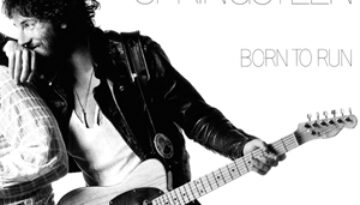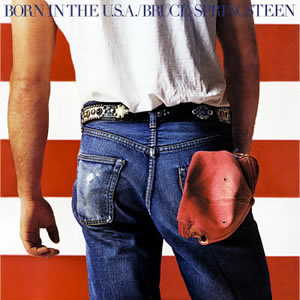Born to Run by
Bruce Springsteen
Buy Born to Run Bruce Springsteen has described the songs on Born To Run as different scenes happening on the same summer night somewhere in New Jersey and New York City. This third […]


